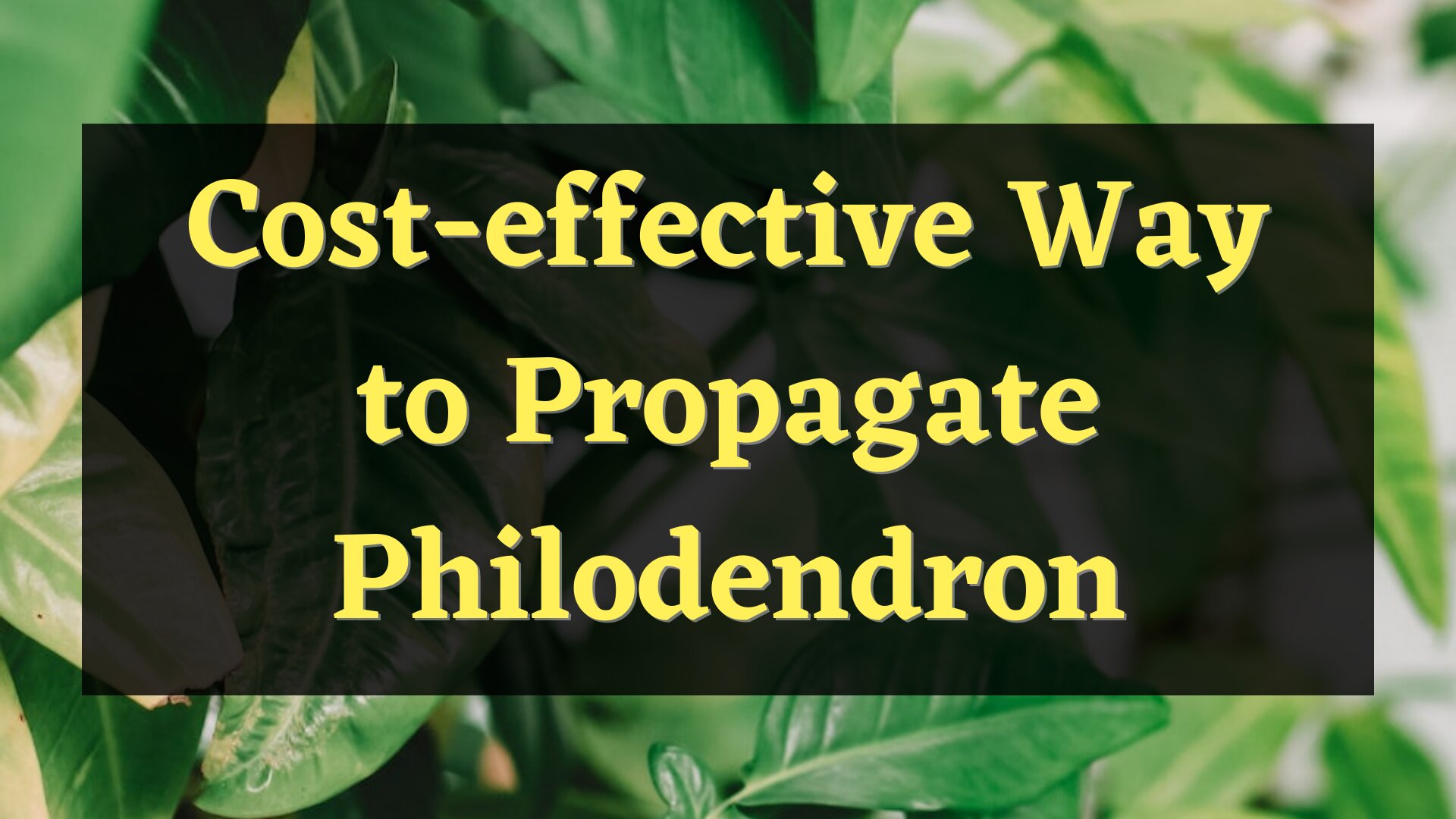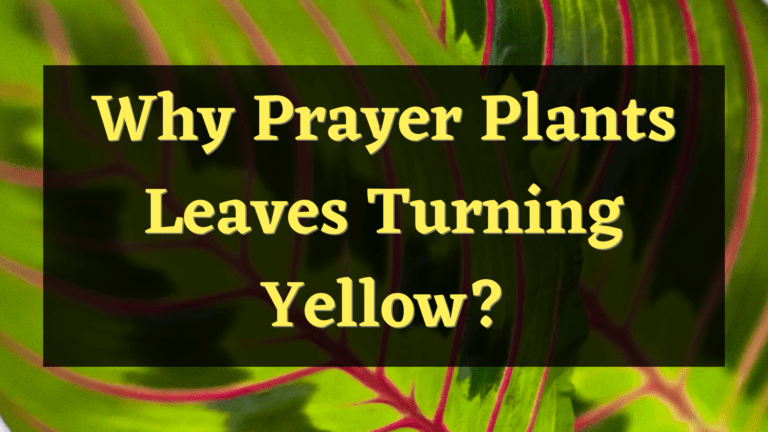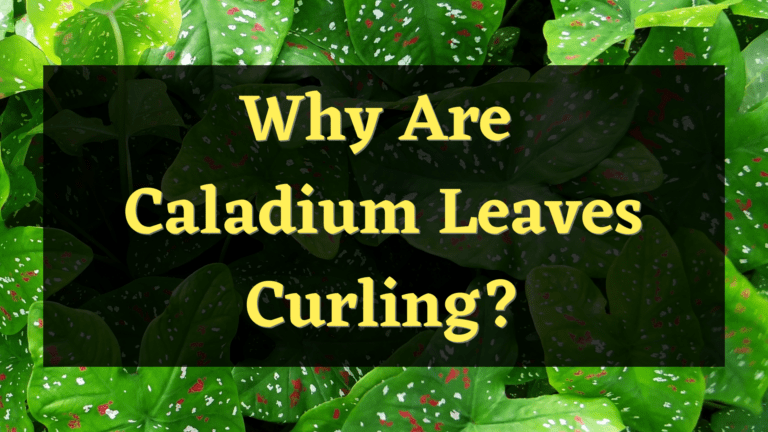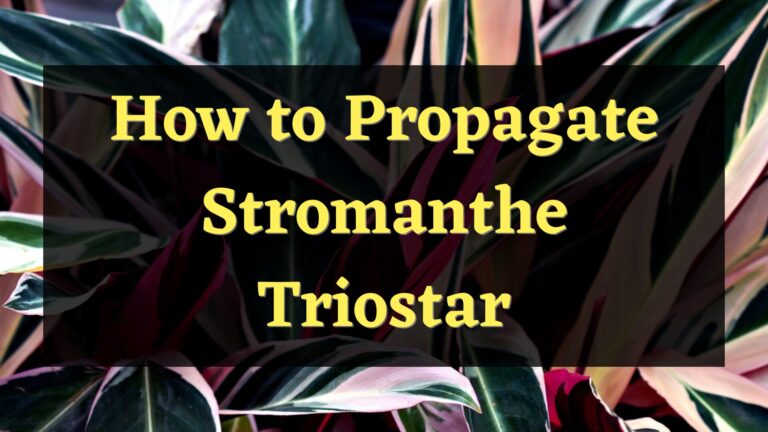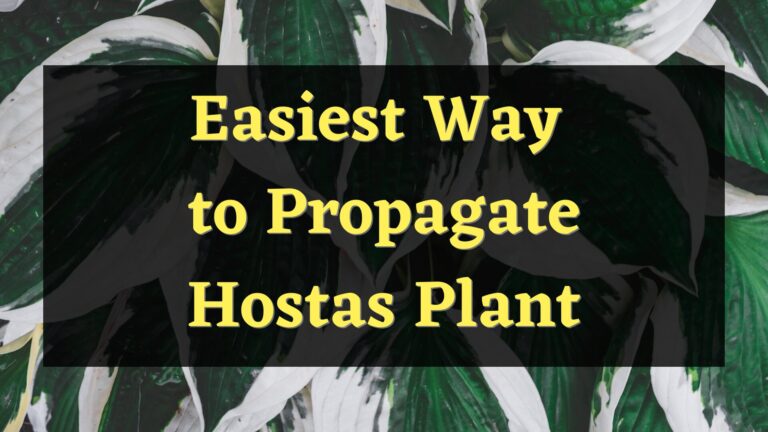Knowing how to propagate Philodendron plants properly is a cost-effective way to increase your collection without buying more. Philodendrons are one of the most popular houseplants because it has different varieties and is easy to grow. It has beautiful foliage that makes it visually appealing. It is an air-purifying plant so it can lessen the toxins in the environment.
About Philodendrons
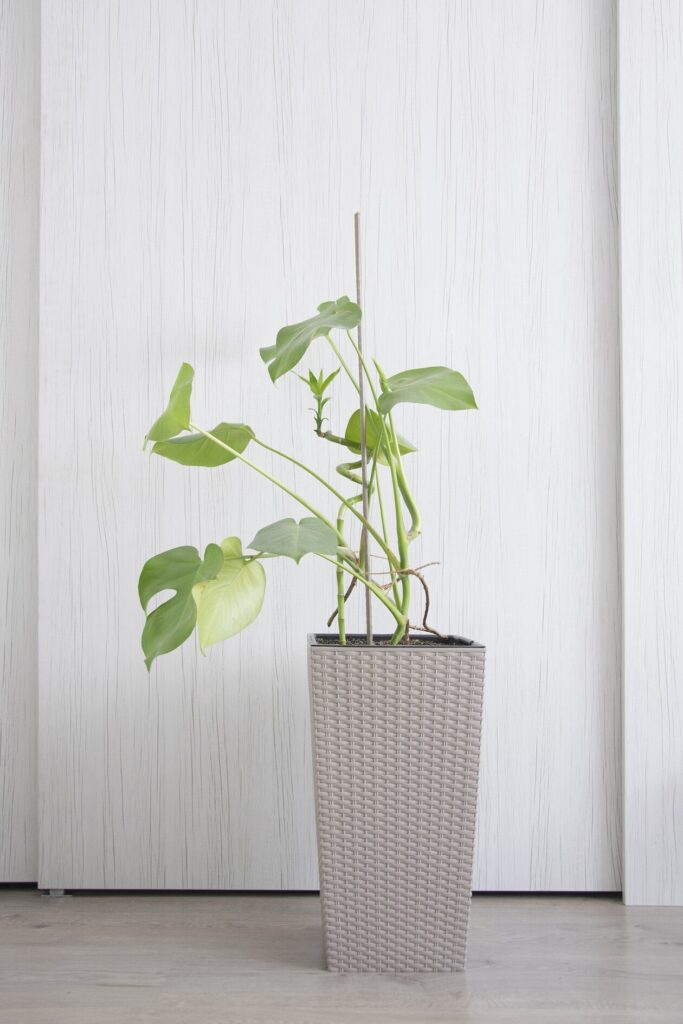
Philodendrons are a wide range of flowering plants that belongs to the Araceae plant family. The two main varieties of this plant are vining and self-heading. Vining varieties can be decorated up a trellis, entries, and in a hanging basket. Self-heading varieties grow uprightly and have thick stems. Some of its varieties are Bipinnatifidum, Birkin, Erubescens, Glosorium, Melanochrysum, Scandens, and Selloum.
How To Propagate Philodendrons
Philodendrons can be propagated from stem-cutting, seeds, air-layering, and division. The best method to propagate vining philodendrons is stem-cutting while air-layering and seed germination are the best methods for self-heading philodendrons. The philodendrons that have plantlets are best reproduced from division.
Propagating from stem-cutting
Cut 4 to 6 inches of stem from the parent
Choose a healthy parent philodendron plant. Wear protective gloves to avoid touching the sap because it irritates the skin. Cut the stem near the node because it is where the roots will be developed. Leaf-bud cutting must be used for crawling varieties. Keep only three to four leaves at the top of the plant.
Root the cuttings in water and soil
The cuttings can be dipped in a rooting hormone or cinnamon to encourage root development before you root them in soil or water.
If you will root cuttings in water, use a tall transparent container to easily monitor the development of roots. Add water when its level drops because of evaporation. The water must be replaced regularly to stop bacteria from growing on its surface. The nodes must be fully submerged in the water and the leaves must not touch the water.
If you will root cuttings in the soil, add a well-draining potting mix to the soil. Put some stones at the bottom to improve water and air drainage in the root zone.
Cuttings can be grown directly in water or soil. If you will transfer it to a new pot, you must transplant them into a larger pot.
Transplant the cuttings in a pot or soil
When numerous 1 to 2 inches roots grow, the cuttings can be transplanted in any area that you preferred.
Propagating through air-layering
Cut the stem near the node
Create a wound in the stem. Insert a toothpick in the slit or wound to prevent it from healing.
Cover the wound with sphagnum moss
Wrap the sphagnum moss with plastic wrap to hold it in place. Secure its edges to keep the sphagnum moist. Moisten the sphagnum when it gets dry.
Plant it in a pot or ground
When it develops numerous roots of 1 inch in length, the stem can be removed from the parent plant. You can plant it in the area that you prefer.
Propagating from division
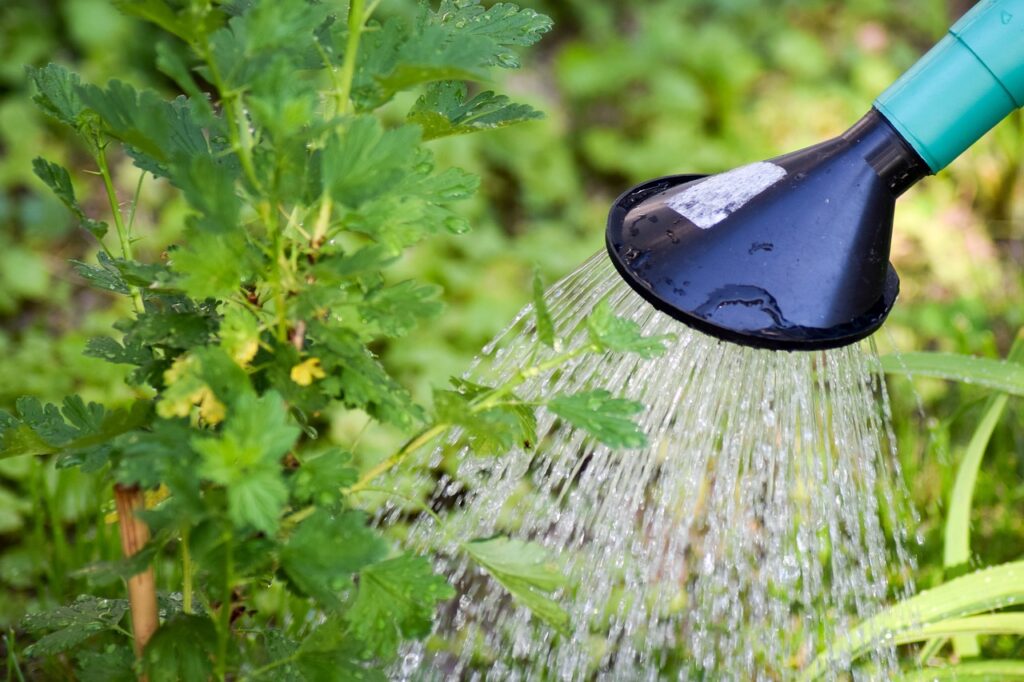
1. Water the surface of the plant. Watering the plant’s surface will soften the soil so you can easily pull them out to prevent the plant and its roots from getting damaged.
2. Take the plant out of its current container. Gently remove the plant to avoid damaging its roots and stems.
3. Check the condition of its roots. Trim the damaged roots so that the whole plant will not be damaged.
4. Loosen the root ball of the plant. Entangle the roots gently to divide the plantlets from their parent plant. Each plant division must have healthy roots, stems, and leaves to propagate them effectively.
5. Plant each division separately in a new pot. The same potting mix that you used to prevent transplant shock. Take good care of the plant by monitoring it regularly and keeping its soil moist.
Propagating from seeds
Plant the seeds in rich soil
Soaking philodendrons seeds before planting is not necessary. The seeds can be planted immediately after harvesting them.
Cover philodendrons seeds with a plastic bag
Covering the seeds with a plastic bag will lock in the moisture. It must be covered loosely to allow the air on the surface of the seed. The seeds usually take up two to eight weeks to germinate. The ideal soil temperature is 20 to 23 degrees Celsius.
Transfer them to a larger pot or directly into the pot
When seedlings sprout and become sturdy, you can transfer them into a pot or directly into the ground. Proper care and attention are necessary to propagate them effectively.
What is a self-heading Philodendron?
Self-heading philodendrons have thick stems and grow uprightly. The best way to propagate self-heading philodendron plants is from seeds because there is a little distance between the leaves. Its leaves grow compact so it is best to grow them outdoors. They need good air circulation to prevent the growth of mold on the stem and potting medium. Growing them outdoors will add vibrance to their foliage.
Is it better to grow Philodendron plants in soil or water?
Philodendrons can be propagated in soil and water. When you propagate it on water, you will be able to monitor the development of its roots. When you propagate philodendron on soil, monitoring the development of its roots will be hard so it needs proper care and attention.
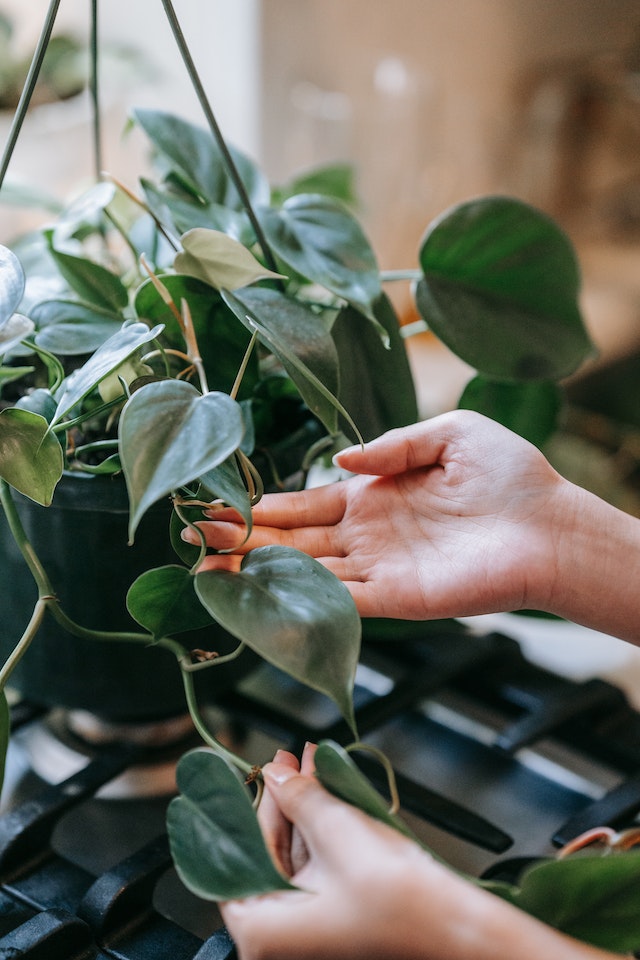
It is better to propagate Philodendrons in the soil even if you will not be able to monitor the root development because the soil provides more nutrients and minerals that it needs to grow. It will not reach its full size when you propagate it in water.
When to start propagating?
The two factors that must be considered to know the right time to propagate philodendron plants are the season and the condition of the plant. The best season to propagate it is in early spring when it is growing actively. You can propagate them when you prune them in spring. Instead of throwing the cutting when you prune them, you can propagate them to increase your plant collection.
Conclusion
There are different methods to propagate Philodendrons. It can be reproduced from stem cuttings, air-layering, division, and seeds. Some of the plants that you can combine with it are Aglaonema, Pothos, and Norfolk Island Pine. It has a lot of variety that makes them perfect for any home setting. It is an easy-to-grow houseplant so even beginners can reproduce them successfully.
Meet Tomas Clayton, a seasoned plant gardener who has been passionate about horticulture since he was a child. Tomas John developed a love for the natural world and a strong appreciation for the beauty of plants while growing up on a farm.

